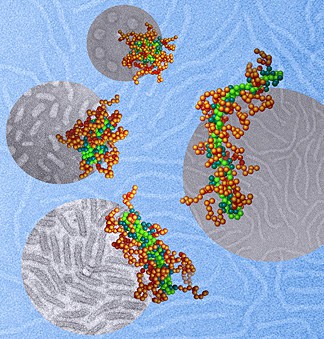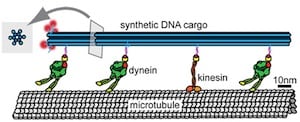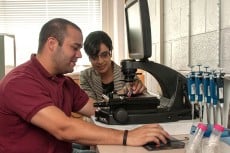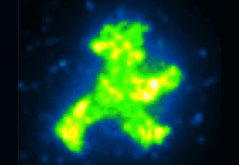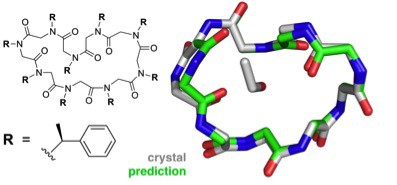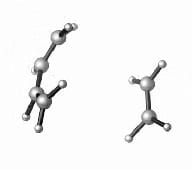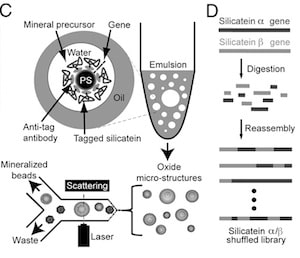Five proteins were designed from scratch and found to fold into stable proteins as designed, proving the ability to provide ideal, robust building blocks for artificial protein structures.
Nanotechnology milestone: general method for designing stable proteins


